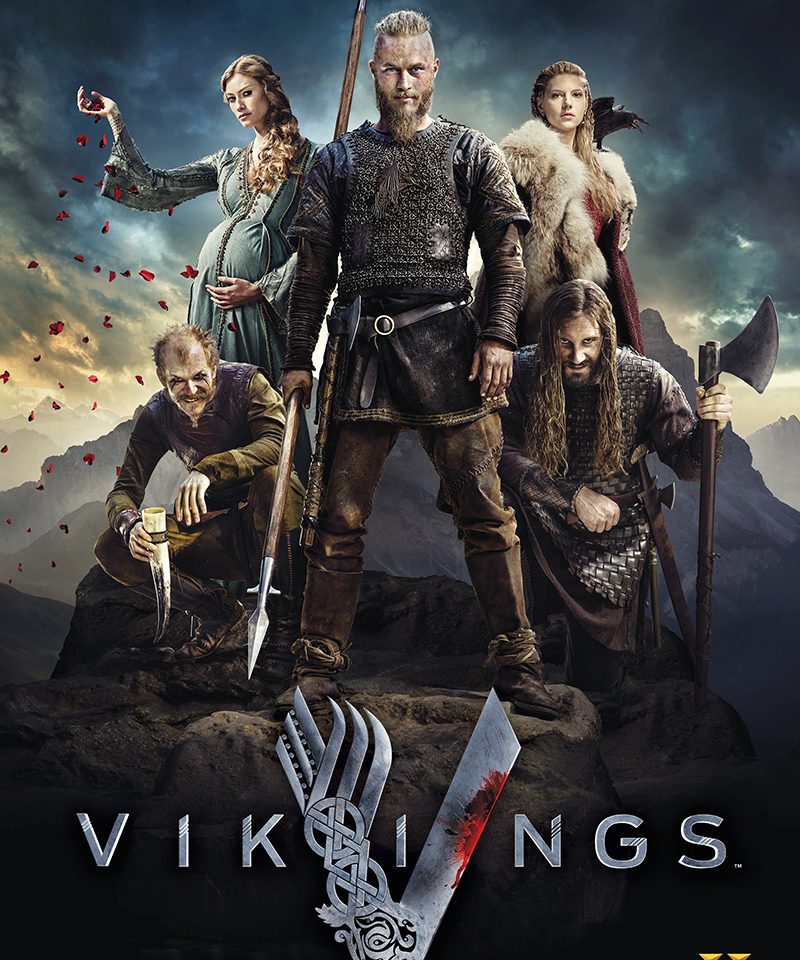⭐8.5
Description: The adventures of a Ragnar Lothbrok: the greatest hero of his age. The series tells the saga of Ragnar’s band of Viking brothers and his family as he rises to become King of the Viking tribes. As well as being a fearless warrior, Ragnar embodies the Norse traditions of devotion to the gods: legend has it that he was a direct descendant of Odin, the god of war and warriors.
Creator: Michael Hirst
Stars: Katheryn Winnick, Alexander Ludwig, Gustaf Skarsgård
Taglines: The Storm Is Coming
Trivia
- The Norse people did not actually refer to themselves as Vikings as an ethnic or national identity. Viking was a profession and was the term for the act of raiding across the sea or a person participating in such an activity.
- Ravens appear prominently in the series. Ravens had great cultural and religious importance in ancient Norse society, as they were seen as the agents of Odin who was said to own two ravens: Hugin (meaning “Thought”) and Munin (Memory) who flew around and gathered information for him. One of Odin’s many nicknames is Hrafnaguð, which means “Raven God”. Vikings would carry banners depicting ravens. Ragnar’s forces carry such banners. As such, the pagan characters in the series are likely to believe that when ravens appear, they are watched by Odin.
- Rollo’s tattoo depicts a scene from Norse Mythology: The wolves Hatí and Sköll (the sons of Fenrir) chase the sun and the moon.
- The women in the opening credits are supposed to be the 9 daughters of Rán, the personifications of the waves. The title sequence is supposed to show the separation of a viking from the living, with the ornaments of his life (gold and weapons) floating down around him. During the shot of the rolling thunder there is a single frame showing Hel Lokisdottir: the goddess of death.
- The name “Ragnar” means “keeper of the fort.”
- When Marco ilsø (Hvitserk) and Alex Høgh Andersen (Ivar) were cast in the series they weren’t allowed to tell anyone, so they wrote to each other that they didn’t get the role.
- The detail that the Norsemen were tattooed is not necessarily speculation. Eyewitness accounts from the Viking Age report that Vikings were, indeed, tattooed. This was also a feature of Celts and Slavs, supporting the idea that the practice was widespread in Pagan Europe.
